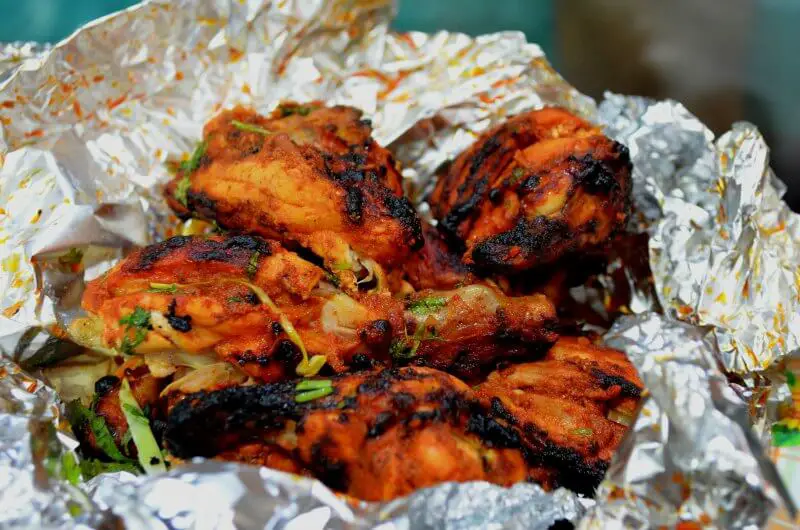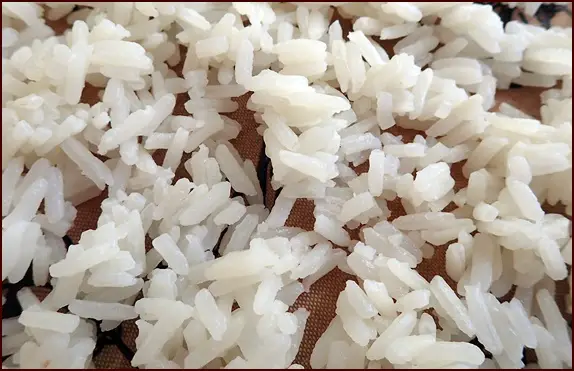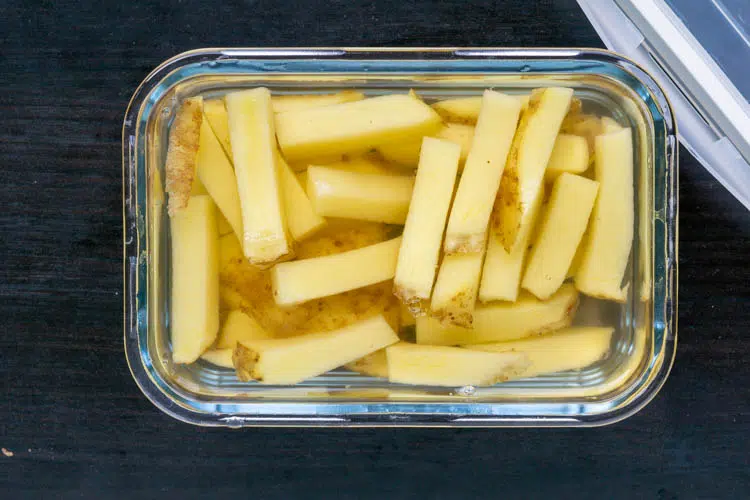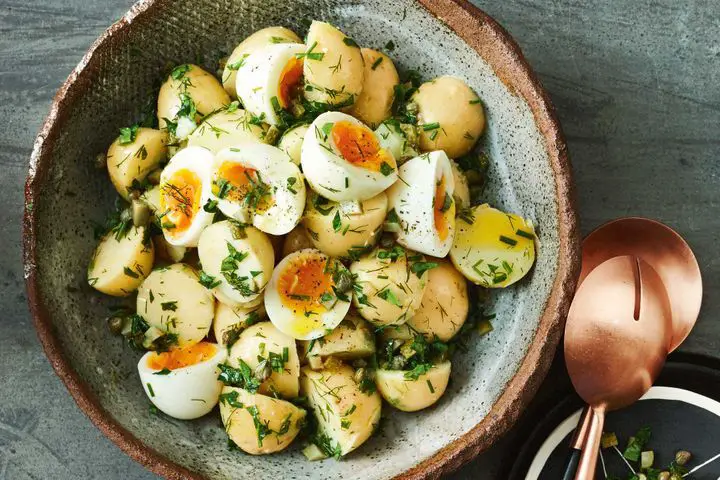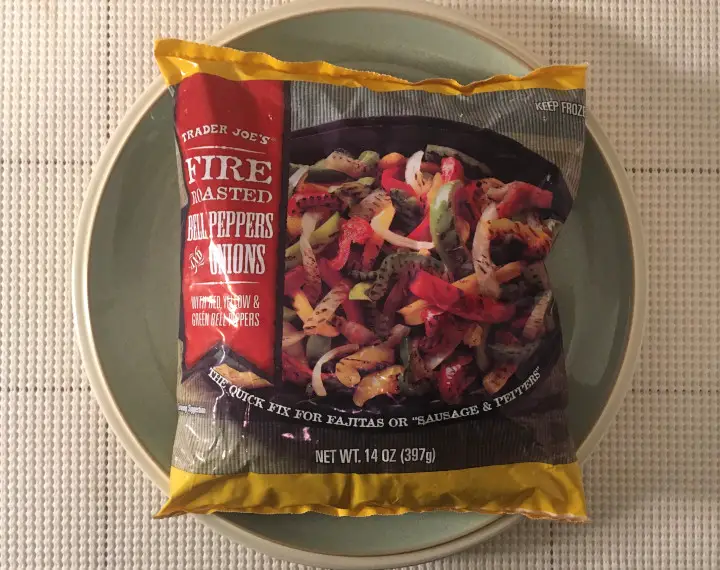Introduction
Cooking chicken is a simple, nutritious meal. However, some people choose to cook their chicken without aluminum foil due to health concerns or environmental reasons. In this article, we will discuss the advantages of avoiding aluminum foil in cooking and provide readers with alternative methods for cooking chicken without it.
Advantages of Avoiding Aluminum Foil in Cooking Chicken
Aluminum foil is a popular choice for many home cooks when roasting or baking chicken due to its ability to conduct heat evenly. However, there are concerns that using aluminum foil in cooking may be harmful to our health. Studies have linked the use of aluminum foil with an increased risk for Alzheimer’s disease, as well as potential leaching of chemicals into food.
Additionally, using aluminum foil can have a negative impact on the environment as it is not a biodegradable material and recycling systems may not accept it.
By avoiding the use of aluminum foil in cooking chicken, you can alleviate these concerns and reduce your impact on the environment.
Alternative Methods for Cooking Chicken Without Aluminum Foil
1. Oven-Safe Glassware
Oven-safe glassware is a great alternative to aluminum foil when cooking chicken. It can be used for both roasting and baking and comes in various shapes and sizes.
To use oven-safe glassware when roasting chicken, simply place the seasoned bird into the dish using tongs or gloves, then preheat your oven before adding the dish. Always check that your chosen glassware can withstand high temperatures by reading the manufacturer’s instructions.
Brands such as Pyrex make excellent quality oven-safe glassware that you can purchase online or from most major retail stores.
2. Cast Iron Skillet
Cast iron skillets are another excellent option for roasting and baking chicken without the need for aluminum foil. They are ideal for creating a crispy skin on your bird while keeping it juicy on the inside.
To roast chicken in a cast iron skillet, preheat the skillet in your oven at 400°F for about 10-15 minutes. Rub some oil on the surface of your bird and place it into the preheated skillet using tongs or gloves. Place the skillet into your oven and roast for about an hour, depending on the size of your chicken.
One advantage of using cast iron as an alternative to aluminum foil is that it’s easy to clean and maintain. Simply wipe it down with a towel after use and reseason with oil if necessary.
3. Parchment Paper
Parchment paper is another viable option when cooking chicken without aluminum foil. It has been used by home cooks for years and is often referred to as “baking paper.
To use parchment paper when roasting chicken, line a baking tray or dish with the paper before placing your seasoned bird onto it. Then, bake according to your recipe instructions.
One advantage of parchment paper over other alternatives is that it’s less likely to stick than other non-stick surfaces such as glassware or stainless steel cookware.
4. Stainless Steel Cookware
Stainless steel cookware is durable and long-lasting, making it an excellent alternative to aluminum foil when cooking chicken. It can be used for both roasting and baking, and many home cooks prefer stainless steel because of its ability to distribute heat evenly.
When using stainless steel cookware to roast chicken, ensure you have applied sufficient oil or butter to prevent sticking before placing your bird into the pan. Then cover with a tight-fitting lid or foil alternative such as parchment paper before placing into a preheated oven.
Brands such as Cuisinart offer high-quality stainless steel cookware perfect for roasting chicken without aluminum foil.
5. Dutch Oven
A Dutch oven is another reliable piece of kitchen equipment that can be used instead of aluminum foil when roasting chicken. It is excellent for roasting chickens as it helps to retain the bird’s moisture while circulating heat evenly.
Preheat your oven to 400°F before placing your seasoned chicken into the Dutch oven. Place a tight-fitting lid on top and place the pot into the oven. Roast for approximately an hour or until your bird is cooked through.
Dutch ovens are available in various sizes and materials; however, cast iron is typically preferred for its ability to conduct and retain heat.
Tips For Cooking Chicken Without Aluminum Foil
Here are some tips to ensure that you get great results when cooking chicken without aluminum foil:
- Apply butter or oil liberally to reduce sticking.
- Preheat your chosen alternative before placing your seasoned bird.
- Always follow recipe instructions, including cook times and temperature guidelines.
- Use tongs or gloves when handling hot cookware.
- Let your cooked chicken rest before serving to prevent juices from escaping.
Conclusion
Cooking chicken without aluminum foil may seem daunting at first, but with the right equipment and technique, it can be both effective and health-conscious. By avoiding aluminum foil, we can increase our awareness of chemicals in our food while making positive changes for the environment. We hope this article has provided you with valuable information on alternative methods for cooking chicken without aluminum foil so you can enjoy a safe, healthy meal every time.
Q&A
- Q: Can you cook chicken without using aluminum foil? A: Absolutely! There are several alternative methods you can use to cook chicken without relying on aluminum foil.
- Q: What are some alternatives to using aluminum foil for cooking chicken? A: You can try using parchment paper, a covered baking dish, or even a Dutch oven to cook your chicken without aluminum foil. These options will help retain moisture and ensure even heating.
- Q: How does cooking chicken without aluminum foil affect the taste of the dish? A: Cooking chicken without aluminum foil may actually enhance the flavor of the dish as it allows for better browning and caramelization of the skin. Without the barrier created by aluminum foil, the chicken will be able to develop a crispy, flavorful exterior.
- Q: Is it safe to cook chicken without using aluminum foil? A: Yes, it is safe to cook chicken without using aluminum foil as long as you follow proper food safety guidelines such as cooking the meat to an internal temperature of 165°F (74°C) and avoiding cross-contamination with other foods during preparation.
